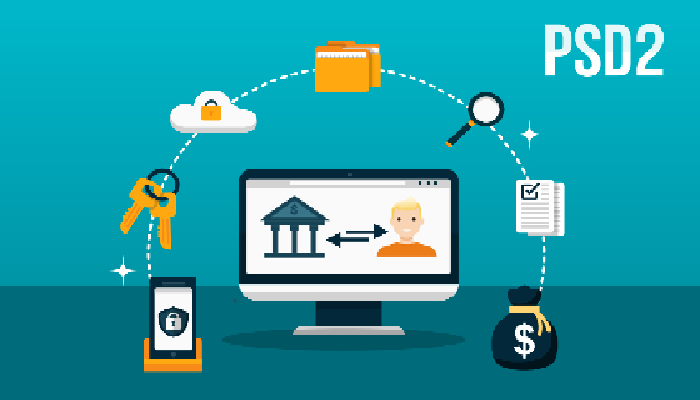The European Union is our subject for today or more specifically, the EU’s successful implementation of PSD2 Open banking principles. A few years have already passed since the introduction of this directive and the scope of available services just keeps on growing. With possibilities for the future seemingly unlimited, it’s worth taking a look at the more notable and already successful implementations of open banking concepts in the EU. Let’s begin!
Loan, lease & mortgage approval
Before the introduction of open banking, clients were often asked to provide paper or digital documents which could prove their creditworthiness. This proof would consist of bank account statements (stamped & authorized) from the past year or two as well as employment and/or income verification, also usually handed out by the bank where they were paid.
Arranging an appointment at the bank and getting a stamped paper could take days or weeks, even. Since credit checks before handing out loans, mortgages and/or leases are mandatory, it wasn’t like creditors could overstep this boundary. If you weren’t keen on getting a stamped document, you could always take a loan from the same bank where you have an account, but that may be very disadvantageous with worse credit terms.
PSD2 open banking made approvals for loans and mortgages much easier. When implemented, all that the customer needs to do is to initiate the request (application). Then, the, AISP or ASPSP API will gather relevant information and provide it to the loan company. Usually, it’s analyzed automatically and the verdict can be provided in a few minutes with minimal human input necessary.
Tenant referencing
Even more tedious than lease and loan approval was the process of getting your references as a tenant. You had to procure the same documents, needed for a mortgage or a lease, only the arrangements could take even longer.
Right now, in some countries you can find automated tenant referencing options thanks to open banking. PSD2 open banking tools allow for a seamless, almost one-click solution to the problem. By integrating with the banks, tenants and future landlords can get verification from third parties that they receive a stable income.
Making payments
Of course, PSD2 licenses have allowed numerous different businesses emerge as mediators between the banks and service providers. PISPs as they are known or Payment Initiation Service Providers can optimize and streamline payments for goods and services virtually. For example, whenever you need to pay your utilities, in the past you were restricted to keeping different bills and paying them separately, online or going to an appropriate location to pay for the bill.
Thanks to open banking, a new concept of paying for utilities has emerged. Clients and users can now pay for many different services in one place. The company can then distribute the appropriate sums to service providers and utility companies with ease. The one place for all bills site implements an API and allows for users to make payments from major banks, providing much better accessibility to consumers and a better service for the bill management company.
